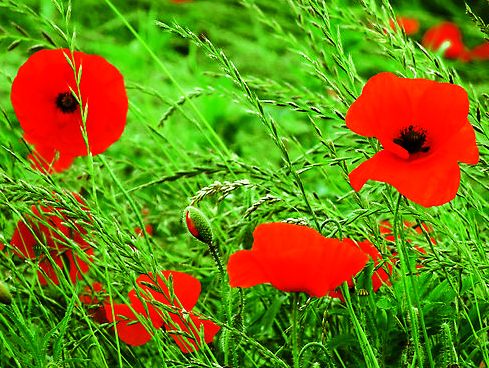 |
Although not as high as European rates of >50%, the USA suffers from
|
Before she discovered that the United States was tapping her phone and emails, German chancellor Angela Merkel rated youth unemployment as "the biggest crisis facing Europe."
In Britain, nearly 1 million young people are jobless. The talk in the UK is of a "lost generation" of workers, as lack of jobs creates mental health problems in this age cohort.
The nonprofit MindFull says that 850,000 UK children, one-third of the age group, suffers from a mental health problems and many more suffer from anxiety and depression.
Mental health problems represent the largest single cause of disability in the UK, 23 percent of the NHS burden.
Yet the NHS is spending only 1 percent of its budget addressing the causes of mental health problems, according to a member of Parliament, Nicky Morgan. The main concerns of young people in the UK are school stresses (54 percent), worrying about the future (53 percent), and feeling inadequate (52 percent).
Are Older Workers Crowding Out Younger Ones? In General, No
Like Europe, the United States has high unemployment among its young people. At the same time, with the asset meltdown in 2008, baby boomers who expected to retire at 60 or 62 have stayed on to keep working past 65. They can't afford to retire.
The United States
ranks third in the world for hiring over-65 workers, after Japan and Singapore. There is no maximum age for retirement.
The persistence of older workers in their jobs
has been cited as a reason for high unemployment among youth. Some employers are concerned about the lack of intake of younger people and offer "buyout" arrangements -- for example, extra credit toward retirement -- to encourage elderly workers to retire so that more younger workers can be recruited.
However, is the retaining of older workers really the reason for high unemployment of younger workers? Not according to a study cited by the
UK Parliament. No evidence was found that older workers who stay on the job longer squeeze out opportunities for younger employees. The Center for Retirement Research (CRR) at Boston College says that there may be situations where older employees crowd out younger workers in some companies or areas, but not across the workforce at large.
The report examined employment and unemployment rates, wages, and hours worked in all 50 states over time (1977-2011) for three different age groups: 20-24 ("young"), 25-54 ("prime-aged"), and 55-64 ("old"). There was a wide variation among the states in all measures.
If older workers were hampering the prospects of younger ones, states with higher employment or wages among older workers would also lead to higher unemployment or lower wages among younger workers. But it wasn't so.
The report also looked at levels of employment both before and during the Great Recession and found:
- No support for the idea that the Recession changed the relative opportunities for younger and older workers.
- Evidence that the Great Recession did affect overall unemployment rates and wages, but no support for the idea that employment among older workers affected opportunities for younger workers.
- Employment among younger workers was instead influenced by their education and skill levels, and by whether these workers were employed in the service or manufacturing industries.
- Younger workers may have needed to migrate to job opportunities in new locations or industries, particularly as the Great Recession ended many manufacturing jobs.
Why Employment Moves Together among Young and Old
It makes sense that having elderly people work as long as they can may be good for the country and region, and for young people. If workers stay on in the workforce, it:
- Reduces the burden on pension systems, many of which are underfunded.
- Makes it more likely that consumption and therefore the economy will remain strong.
- Helps retain jobs that would be lost if older people who are successful at what they do and know how to serve their customers stop working.
- Enables entrepreneurial older people to generate ideas that result in hiring of more young people as trainees and partners.
Work at the two ends of the spectrum are not substitutes, they are complements.
In planning for a transition to the private sector, older veterans need to be aware that some large companies have a pyramid structure that makes it difficult to join them after a certain age. A service member facing discharge needs to have in mind a number of options, including self-employment, as backup in case a job search meets obstacles.
Implications for Veterans
The implications of the data and research for veterans is as follows:
- Within the military, as the pyramid structure thins out, there is an automatic reduction in force of older service members.
- For veterans with skills readily transferable to the private sector, being older should not be a handicap.
- Some veterans may need training in entrepreneurship, which some equate to studying a foreign language.
- Families of veterans must also prepare for the changes that occur with a new career.



.jpg)

